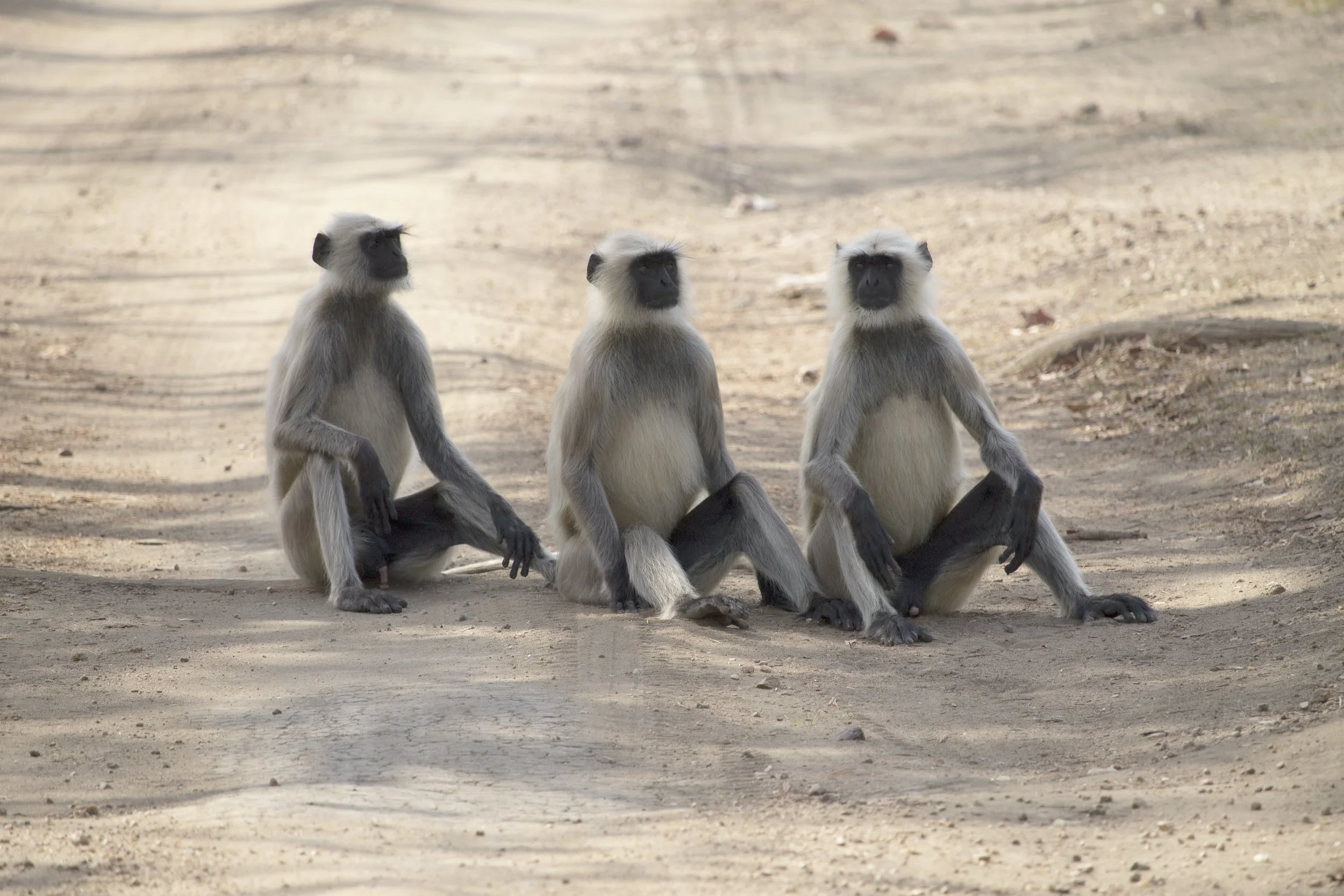Science reminds us that gender counts when times get tough, and women respond to stress and trauma differently than men. Is this also true in children exposed to trauma at younger ages?
Invisible Ink
Cultures have struggles choosing what to see and not see. People who just a few generations ago were “invisible” in our modern US culture are now hard to miss and dismiss: women as political leaders and CEOs, Blacks in power positions, LGBTQ advocates, the disabled among the employed and in the Paralympics. The last week of July this year brought me hope for another group of people who have been hard to see: victims of extreme childhood adversity.
Another Kind of Miracle
Modern medicine has given us a lot of advances recently that our grandparents would call miracles. Your worn out knee joint can be replaced in under an hour. You can save your brother’s life--if you’re a good match—by donating your bone marrow, or your kidney, or part of your liver. Miraculous, and yet these miracles happen every day.
The Guts of My Brain
An unexpected experience forced on me a stunning reminder of how much our brain relies on a functioning gut to do its most basic tasks: listen, remember, talk, write. I had plenty of time that week to think about the conversation going on between my gastrointestinal system and my central nervous system.
My Vector Complex
Our Silent Heart-to-Hearts
In five or ten years could social coherence monitoring be as routine an event for the device-devoted as texting is today? So far, there’s no app for it. Social coherence is a concept, but too complex to have made it to the popular market. Still, I find the possibility mesmerizing—that the physiologies of two people (or seven!) could synchronize—not just their thoughts, but their heart beats, their breathing rates, their hormones. Why not?
Medicine’s Next Frontier?
Love Hunger
Magnetic Hearts
Stress and Your Social Gradient
One of the most powerful ways we’re attached to others is through our social hierarchies. Think about how much time and emotional energy we spend thinking about the person just above us at work, or the person we answer to, or the person who currently has the most influence on our daily lives. If that’s a nourishing relationship, we thrive, but if that’s a troubling relationship, it’s hard to turn off that kind of worry.
Biology of Giving
Church is Good for the Heart
The Eight Pillars of Beauty
Our National Blindspot
Trauma’s Toll on the Body
The Mind in Your Body
The line between the brain and the body is a fiction. The mind lives everywhere, moves where it must go, expanding and contracting as the needs demand. The vagus nerve connects our brainstem to every organ in our bodies and provides the information highway for our emotional brain to translate body states into feelings, then into thoughts and words and finally actions.
Valentine, How Do I Know You?
Let me count the ways. After 43 years I know your voice—whispering to me across the table, working the crowd with a mike, singing, crying, laughing, mumbling in your sleep. I know your body through the years—from young to aging with mine, every way of dressing and undressing it, all stages of childbearing, weary and thriving, dancing, dozing, rejecting, and receiving.
High T and Love Juice
In the summer of 1981 when I was 30, a strange and embarrassing thing happened to me. In a group room at the Massachusetts Mental Health Center, where I had just started my residency in psychiatry, as one person said her ritual goodbyes to the circle of over 25 patients and clinicians, most of them strangers to me, I cried. The cry washed through me, quiet but strong enough to bend my head, soak my cheeks, and run my nose—I did my best to stuff it and later to dismiss it.




















